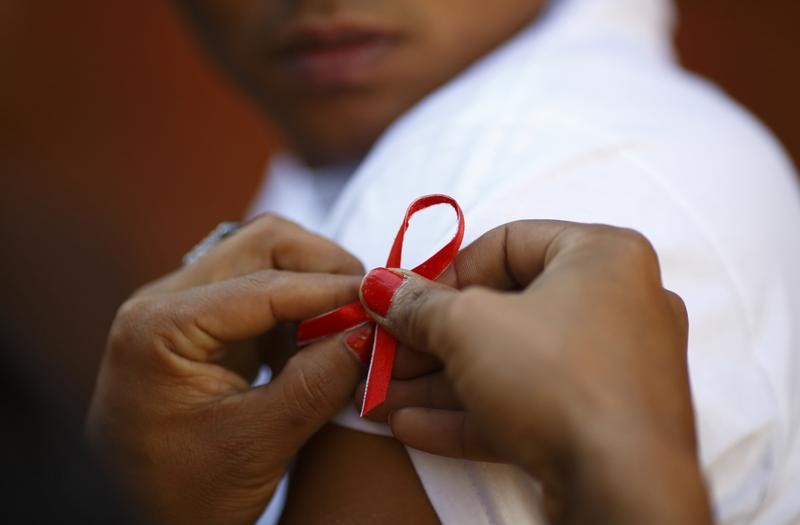
U.S. AIDS strategy to focus on 13 countries close to controlling epidemicPEPFAR will continue to operate programmes in more than 50 countries.
The United States will concentrate its resources on 13 countries with high levels of HIV that have the best chance of controlling the AIDS epidemic under a strategy unveiled on Tuesday, September 19, 2017.
U.S. Secretary of State Rex Tillerson outlined the priorities of the President’s Emergency Plan for AIDS Relief or PEPFAR, a cornerstone of U.S. global health assistance, which supports HIV/AIDS treatment, testing and counselling for millions of people worldwide.
“The Trump Administration remains deeply committed to the global HIV/AIDS response and to demonstrating clear outcomes and impact for every U.S. dollar spent,” Tillerson said in the report.
The State Department has stressed that it will continue offering treatment to people who are already receiving it.
PEPFAR will continue to operate programs in more than 50 countries. To maximize its impact, however, it will focus much of its efforts on 13 countries that are nearing epidemic control – the point where there are more deaths each year from AIDS than there are new HIV infections.
Those countries include Kenya, Zambia, United Republic of Tanzania, Uganda, Zimbabwe, Malawi, Lesotho, Ivory Coast, Botswana, Namibia, Swaziland, Haiti and Rwanda.
“We’ve really focused on accelerating in these countries that we can get over the finish line, together with communities and governments,” Ambassador Deborah Birx, the U.S. global AIDS coordinator, said in a telephone interview.
The work would be done in collaboration with the Global Fund to Fight AIDS, Tuberculosis and Malaria, UNAIDS, and others.
Five of the target countries – Lesotho, Swaziland, Malawi, Zambia and Zimbabwe – are already nearing control of their HIV epidemics, based on national surveys from the Centers for Disease Control and Prevention, Columbia University and local governmental and non-governmental partners.
WHAT IS PANCAP?
PANCAP is a Caribbean regional partnership of governments, regional civil society organisations, regional institutions and organisations, bilateral and multilateral agencies and contributing donor partners established on 14 February 2001. PANCAP provides a structured and unified approach to the Caribbean’s response to the HIV epidemic, and coordinates the response through the Caribbean Regional Strategic Framework on HIV and AIDS to maximise efficient use of resources and increase impact, mobilise resources and build the capacity of partners.
What are the Global AIDS Strategy 2021–2026 targets and commitments?
If targets and commitments in the strategy are achieved:
- The number of people who newly acquire HIV will decrease from 1.7 million in 2019 to less than 370 000 by 2025
- The number of people dying from AIDS-related illnesses will decrease from 690 000 in 2019 to less than 250 000 in 2025.
- The goal of eliminating new HIV infections among children will see the number of new HIV infections drop from 150,000 in 2019 to less than 22,000 in 2025.
What are the 95-95-95 Targets for ending AIDS?
- 95% of People Living with HIV know their HIV status;
- 95% of people who know their status on treatment; and
- 95% of people on treatment with suppressed viral loads.
HELPFUL LINKS:
Global AIDS Strategy 2021–2026, End Inequalities, End AIDS
https://pancap.org/pancap-documents/global-aids-strategy-2021-2026-end-inequalities-end-aids/
Caribbean Regional Strategic Framework on HIV and AIDS (CRSF) 2019-2025
https://pancap.org/pancap-documents/caribbean-regional-strategic-framework-2019-2025/
